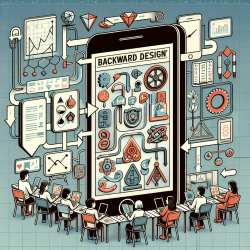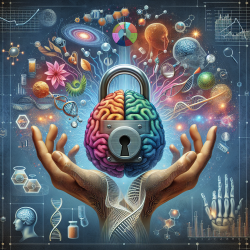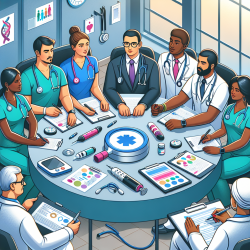Introduction
Backward design is a well-established curriculum design strategy that has been used to produce educational curriculum for decades. Traditionally used to plan and create classroom-based curriculum, backward design involves identifying learning goals, determining how to assess that learning, and finally planning instruction. This method is now being applied to the development of educational mobile applications, as demonstrated in the study on the app "CityHacks: In Search of Sleep."
Understanding Backward Design
The backward design process, formalized by Wiggins and McTighe, consists of three stages:
- Stage I: Identify desired results by determining what students should learn.
- Stage II: Determine acceptable evidence by deciding how to assess learning.
- Stage III: Plan learning experiences and instruction to achieve the learning goals.
This approach ensures that educational content is aligned with learning objectives and that assessment is an integral part of curriculum planning.
Applying Backward Design to App Development
The research paper "Backward Design as a Mobile Application Development Strategy" explores how backward design can be applied to educational app development. The app "CityHacks: In Search of Sleep" was developed using this strategy, focusing on teaching users about the importance of sleep and the neuroscience behind it.
The app's development process followed the three stages of backward design:
- Stage I: The desired results were identified, focusing on understanding the importance of sleep, the recommended hours of sleep, and factors affecting sleep.
- Stage II: Assessment was integrated into the app through interactive narratives and a digital notebook, allowing users to collect and use information to make informed decisions.
- Stage III: Learning experiences were planned using interactive features such as mini-games, infographics, and video interviews, making the content engaging and accessible.
Benefits and Challenges
The backward design framework offers several benefits for app development:
- Ensures alignment between learning goals and app content.
- Integrates assessment into the learning process.
- Provides a structured approach to app development.
However, challenges include ensuring that the app meets diverse learning needs and effectively engages users. The study highlights the importance of formative evaluation and user feedback in refining app design and functionality.
Conclusion
The application of backward design to educational app development offers a systematic approach to creating engaging and effective learning tools. By focusing on learning goals and integrating assessment, developers can create apps that support meaningful learning experiences. Practitioners are encouraged to explore backward design in their own projects and contribute to the growing body of research in this area.
To read the original research paper, please follow this link: Backward design as a mobile application development strategy.










